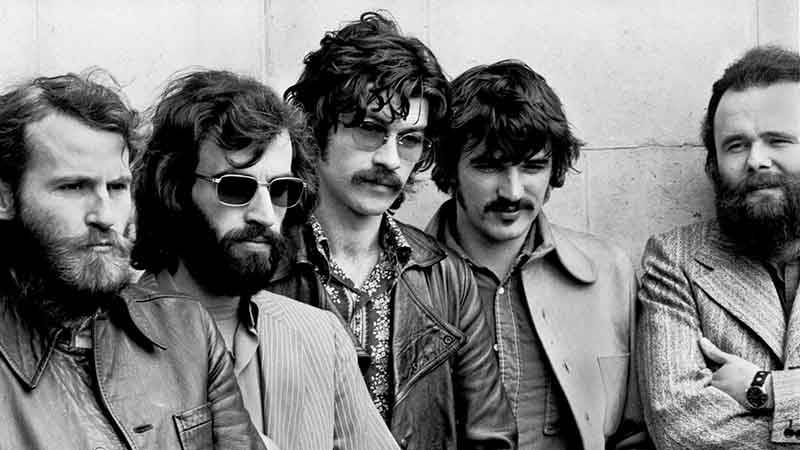The Band generated mythic status from the start. Crashing on the scene as Bob Dylan’s anonymous-but-not-for-long backup band on his controversial and thrilling electrified tours of 1965-66, the group emerged fully formed, capable of both intense and experimentalist noise and tight, basic rock and roll.
The Band’s first album, Music From Big Pink (1968), was embraced by musicians and critics and seen as the harbinger of a new kind of post-psychedelic roots music. That album and their second, The Band (1969), were not big sellers, but gained huge respect from critics and musicians as the group built up a passionate fan following. In 1975, critic Greil Marcus described them in Mystery Train: Images of America in Rock and Roll as “committed to the very idea of America: complicated, dangerous, and alive. Their music gave us a sure sense that the country was richer than we had guessed; that it has possibilities we were only beginning to perceive.”

9(MDAxOTAwOTE4MDEyMTkxMDAzNjczZDljZA004))

